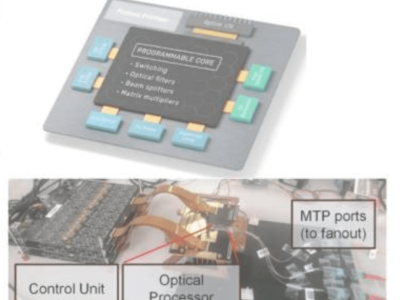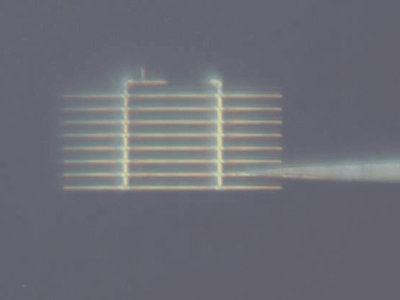
Light-emitting foils could offer cost-effective OLED alternative
Applications for the LEC foils could be informative displays. At a later stage of the development, the foils also could be used for lighting applications and thus they could offer a cheaper alternative to today’s OLEDs, said Physics Professor Ludvig Edman from the Umea university.
Edman’s group at Umea University is focusing on novel organic compounds (such as light-emitting and conducting polymers and graphene) and develops LECs based on such materials. The researchers say they have dramatically improved the energy efficiency and lifetime of LECs. They also have demonstrated the unique physics and chemistry behind their operation and recently they enhanced the performance of LECs to a point where lifetime and efficiency make LECs useful for signage applications.
The next step in the development was to ensure that the manufacturing costs can be attractive for commercial applications. According to a report of the team, published in Nature Communications, the team managed to deposit a light-emitting layer and a PEDOT-PSS anode on top of a flexible cathode-coated substrate mounted on a roll by means of a slot-die head, using solely air-stable materials in a roll-coater apparatus. The layers in the produced LEC device were found to be highly uneven, and the layer thickness, for both active layer and anode, was very thick at approximately 1 µm. However, due to the unique self-doping operation of the LEC, the light emitted did not suffer from the rough interfaces, and was in fact found to be very uniform. This feature is ideal for roll-to-roll processes, as the demands of the coating quality can be relaxed thus lowering the costs substantially.
The researchers point out that all the steps involved, i.e. preparation of inks, the subsequent coating of the constituent layers, and the final device operation all could be executed under ambient air. For this reason, the LEC-technology could be used for a low-cost fabrication of large-area light emitting devices under ambient air.
The experiments were carried out in collaboration with Professor Frederik Krebs and Henrik Dam at the Technical University of Denmark, where they have extensive experience of low-cost roll-to-roll fabrication of organic solar cells.
“It was great to work with Frederik Krebs’ group so that we quickly could prove that our 10×10 cm2 application techniques for LECs were transferable to roll-to-roll-processing. Thanks to them we have made a rapid technology leap in a very short time”, says Andreas Sandström, PhD student at Umea University.
Ludvig Edman is the founder, and Andreas Sandström the CTO, of the company LunaLEC in Umea, where LECs are developed for commercial applications.
For more information, visit: https://www.physics.umu.se/english/research/photonics/organic-electronics
 If you enjoyed this article, you will like the following ones: don't miss them by subscribing to :
eeNews on Google News
If you enjoyed this article, you will like the following ones: don't miss them by subscribing to :
eeNews on Google News




